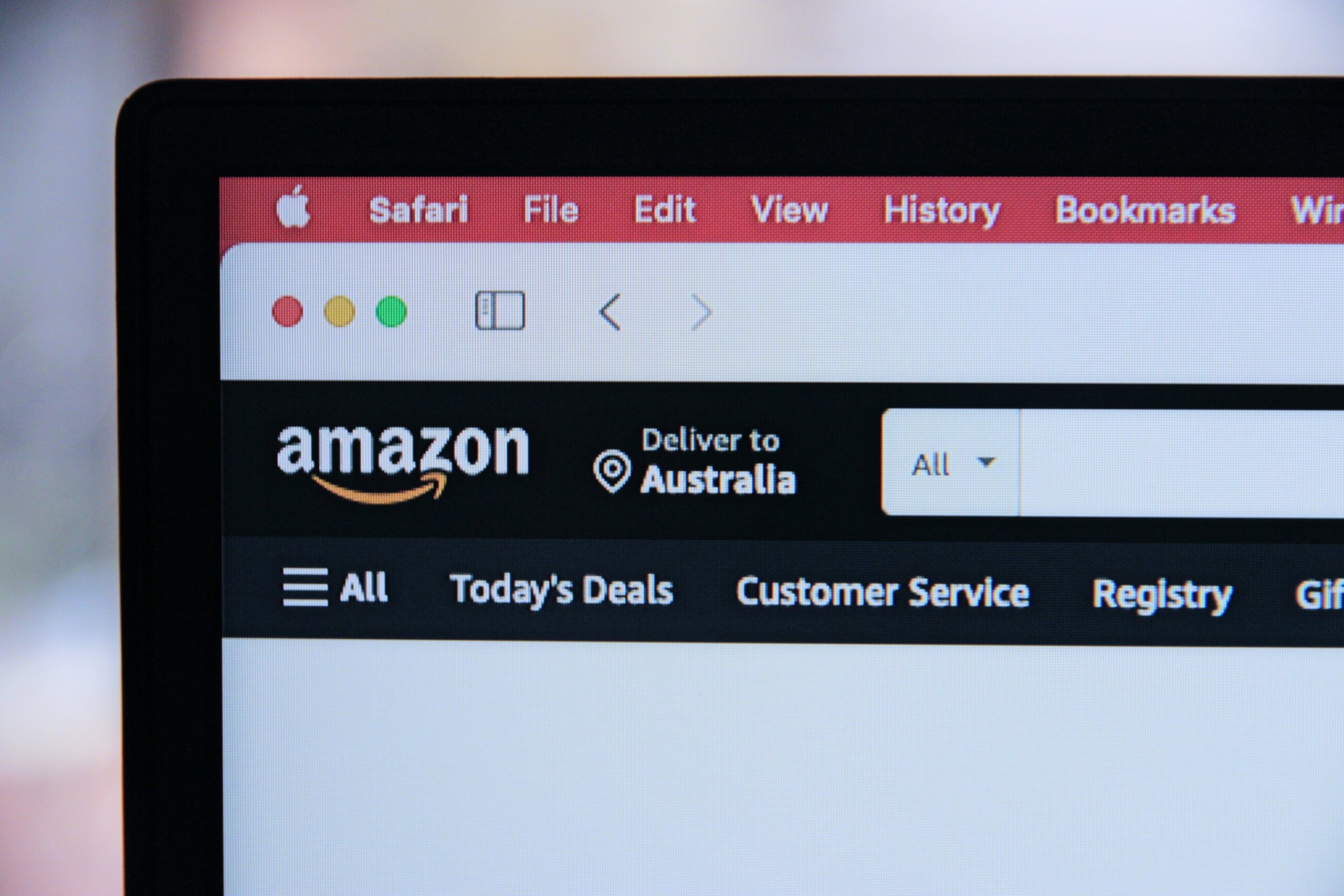

Does every company need to focus on disruption with its digital strategy or should it wait for disruptions from others before reacting and adapting its processes? A new study by Jan Recker, Murat Tarakci and Fabian J. Sting uses simulations to investigate under which conditions which digital strategy pays off the most. The paper is published in the journal MIS Quarterly.
Executives who develop digital strategies face a fundamental dilemma: Should they try to fundamentally disrupt markets through digital technologies in order to build new markets, like Netflix did? Or should they adapt and digitally improve their company’s existing value chain, like Vorwerk did? This decision has significant consequences for the market results of companies, which is why many managers find it difficult to choose the right approach.
For their study, the authors identified key decision parameters by analyzing the strategies of well-known companies and simulated the consequences of several thousand combinations of these parameters. This enabled them to identify the key questions that are decisive for making the right choice.
“Our findings show that there are three important key questions that managers should answer in order to choose the right digital strategy for their company,” explains Recker, Professor for Information Systems and Digital Innovation at the University of Hamburg.
“What are our short and long-term performance targets–in absolute terms, but also in relation to our competitors? What digital strategies are our competitors pursuing? How open is our market to digital disruptions and is there the right infrastructure or rather strong regulations?” The sum of the answers then points to the right strategy–or even a hybrid of both strategies.
“Many naturally think that a disruptive strategy is the best choice,” says Recker. Netflix illustrates how a company can be successful with this approach: By redefining customer expectations and changing products and supply chains, the movie provider was able to switch its business model from DVD delivery to streaming. However, cases such as Peloton or Uber show that disruptive strategies can also be associated with high risk and initial losses. Companies should therefore examine their corporate goals and market structure.
Companies such as the Australian retailer Woolworths, for example, are successful with a purely adaptive digital strategy. “While the company uses digital technologies to optimize its logistics and improve the shopping experience, it retained its traditional brick-and-mortar business,” says Recker.
“Ultimately, the choice between disruptive, adaptive or a combination of both strategies should be made after weighing up the key questions we have identified.” A deep understanding of one’s own goals and the competitive landscape is essential.
More information:
Fabian J. Sting et al, Performance Implications of Digital Disruption in Strategic Competition, MIS Quarterly (2024). DOI: 10.25300/MISQ/2024/17999
Provided by
University of Hamburg
Citation:
Disruption or adaptation: Three questions for the right digitalization strategy (2024, October 14)
retrieved 14 October 2024
from https://phys.org/news/2024-10-disruption-digitalization-strategy.html
This document is subject to copyright. Apart from any fair dealing for the purpose of private study or research, no
part may be reproduced without the written permission. The content is provided for information purposes only.